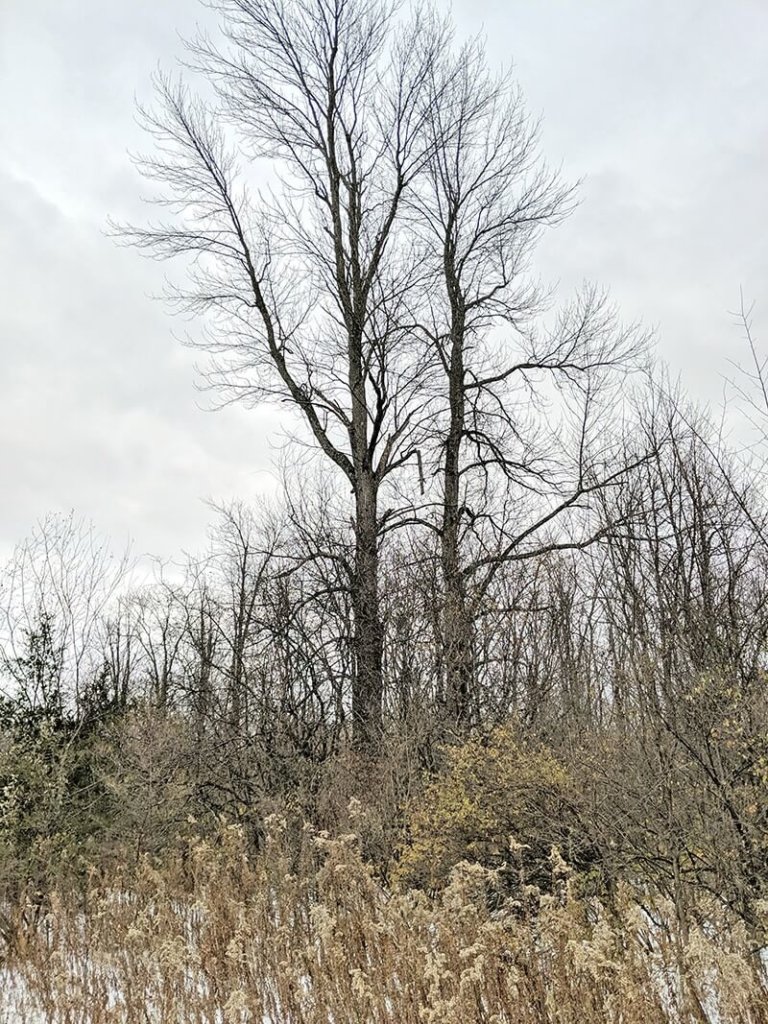Let’s get together to save and perpetuate the species

We are all saddened that the emerald ash borer (EAB) will ultimately lead to the demise of 99.7 percent of our native ash trees. The Town of Charlotte has allocated funds to begin taking ash trees down along our roadways. The first area targeted was on Lake Road, between Ferry Road and Thompson’s Point Road. The next will be along Greenbush Road from Barber Hill to Ten Stones and along Ferry Road west of the Greenbush Road intersection.
Why are we cutting ash trees before they are infected?
The answer is safety and cost. Once the trees are infected by EAB their structure quickly deteriorates, and they fall apart in a dangerous way, often across roadways or on power lines. It is more dangerous and therefor more expensive for road crews and arborists to work around dying and dead ash. In addition, by proceeding immediately, before trees begin to die, we can spread out the high cost of removal of up to 2000 trees over several budget years. So, the best plan is to proceed right now with the sad sight of tree removal.
There is a way to save some of the trees. A healthy tree can be injected with an insecticide. This kills EAB but does not harm pollinators or birds. It has to be done every two or three years. So, this is a good idea. We can save trees along roadways or in other places around town. An arborist with certification to do this treatment is required.
Vermont state forestry authorities recommend that landowners hold off on treatment until there is a known EAB infestation within 15 miles of a given location. This is mainly to avoid unnecessary expense. The recently identified infestation in Bristol puts the southeast corner of our town just outside the edge of the 15-mile zone.
Several landowners in town have decided not to wait and have gone ahead and had their ash trees treated. Our town’s champion white ash, located on the property of Kevin and Sarah McGargahan, has been treated. The Charlotte Park and Wildlife Refuge plans to save a few trees; since there are male and female ash trees, some of each sex will be saved so they can reproduce.
How you can help
The Charlotte tree warden invites residents to participate in the conservation of ash trees. The first way to help would be to identify possible “keeper” trees on public property or within the road right of way, which is 25 feet on either side of the center line. Good candidate trees would be relatively large (greater than 12 inches in diameter), healthy and located in spots where they are important elements of the visual landscape.
Another way to support ash conservation would be to “adopt” a tree. This would require committing to arranging for the chemical treatment of particular trees every two or three years in perpetuity. The planted ash trees on Ferry Road north of the library have been preserved in this manner thanks to the generosity of a tree-hugging Charlotter.
The third way to help would be to commit funds to the Rutter Tree Fund, which is maintained by the town for roadside tree planting and maintenance. Conserved trees will be marked with special tags and the names of people who have adopted trees can be indicated on the tags if desired. For more information, please contact me or Tree Warden Mark Dillenbeck.
The great majority of our ash trees are not along the roadway. If dead ash trees will pose no hazard, it is not necessary to remove them. Safely removing ash trees may be an effective way of slowing the spread of EAB in an initial, isolated infestation, but eventually almost all nontreated trees will succumb.
Some landowners will opt to harvest value from their woodlots by cutting trees for firewood or timber. It is important, however, from an ecological perspective that a large number of ash trees be left standing. This is because a small percentage of these, maybe 0.3 percent, will prove to be genetically resistant, and these trees will form the foundation of new generations of EAB-resistant trees.
In this respect we may learn a lesson from the experience with American chestnut. In the first half of the 20th century, American chestnuts were wiped out by a fungal pathogen. At the time the policy was to remove as much chestnut stock as possible—which eliminated the stock of potentially disease-resistant varieties of the species.
Susan Smith is Charlotte’s deputy tree warden.

